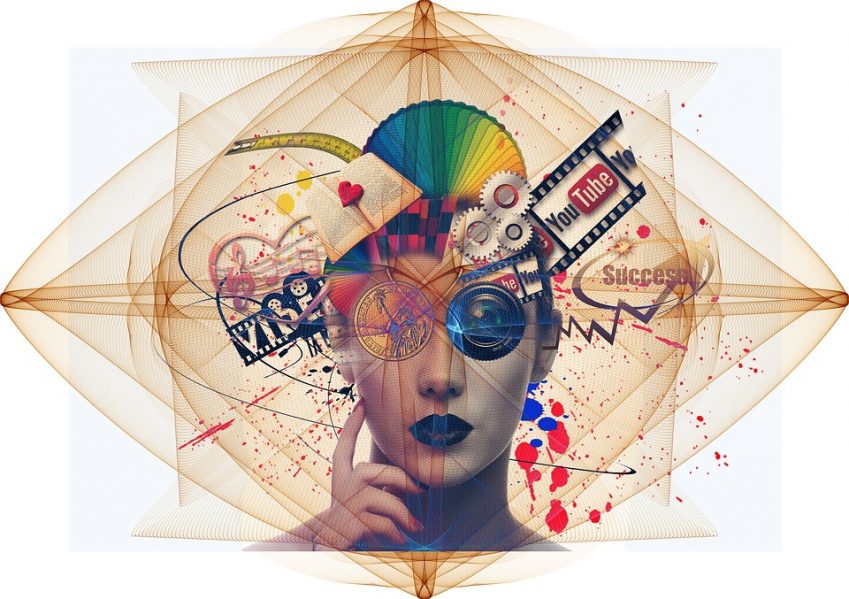
by Uzma Yunus
This post was originally published at UzmaMD.com. In light of recent events unfolding over the past few days, we felt it highly relevant.
Let’s face it. There are a lot of sad and traumatic events that happen across the globe. Children murdered and molested, women burnt and raped, men killed and mauled in acts of terrorism, barbarism, and crime. Our everyday life is filled with tragic news and depressing information. It’s right there at our fingertips, easily accessible and very close.
This ongoing sadness can put a hole in anyone’s emotional resources. Every emotion has a cost and serious impact. When we enjoy things and spend time with those we love, we replenish our emotional resources with positive, loving energy. Every piece of distressing information robs us of our emotional energy. When we feel emotionally drained, we are likely to experience sadness, anxiety and fatigue.
Among other things that cancer has taught me, I have learned to be very mindful of how and when I spend my emotional reserve. I have also become selective of who is deserving of this. Call it a bit narcissistic and selfish but I am more apt to walk away from drama and craziness that doesn’t belong in my world. In that context, I live in a constricted world than before and it’s OK.
I am in no way encouraging the insensitivity to the social and emotional pain of others but one has to develop the ability of “zooming in” and “zooming out” of life. By the time I finish writing this, it is likely someone got assaulted or killed somewhere in the world. It’s infinitely sad that this is the world we live in. Humans have become brutal and murderous. There is the rage all around us. But if one gets consistently preoccupied with every tragedy and every misfortune, it is likely to affect the mood in very negative ways.
Here are 10 tips I have to preserve your sanity in the midst of bad news all around:
1) Practice Gratitude: Take a mental note of all the things that you are thankful for and review all your blessings in your mind. This will distract you as well as have a positive effect on your mood.
2) Recognize your limitations: You must realize that you have limits on what you can do and feel. You will still have to go home and cook a meal or attend a meeting or read for school even though someone died brutally in some country far away.
3) Practice Compassion: You may not be able to influence ISIS or the Palestinian conflict, but you sure can help someone right around you. Look for a way that you are helpful to others.
4) Try deep breathing or meditation: you can close your eyes for few minutes, visualize a positive image and send good vibes to those you fear are suffering. If you are a religious person, pray for the folks you want good to come to.
5) Make a donation: Send some money to a cause that is close to your heart. This way you won’t feel completely helpless and isolated but connected to some greater good.
6) Try listening to music: Music has a very soothing and calming effect on a distressed mind. Listen to few favorite tunes and turn off the news. Better yet, go for a walk while listening to music. This will help clear your mind and engage your other senses.
7) Smile at others: You will be amazed how much positive energy you can gather just by smiling at others.
8) Put the phone aside or log out of the app that you are addicted to. If there is too much bad news, take a break from FB or twitter.
9) Call a friend or family member you have been thinking about. Never underestimate connecting with people that make you feel good about yourself.
10) Believe in yourself and your abilities: You may not be able to make a change today but that’s ok. If you are honest to a cause, an opportunity will arise that will translate into action.
Life is a dynamic situation, navigating each day is hard but there is beauty in life and in every moment. If you are not paying attention or distracted by negativity, you will miss the real treasures, the ones that linger in the memory for a long time.
 Uzma Yunus is a psychiatrist originally from Pakistan. She moved to Chicago, IL for medical residency and never left! She is also a breast cancer survivor after which she came back to writing and has been for the last two years. She has branched into medical narrative writing as well.
Uzma Yunus is a psychiatrist originally from Pakistan. She moved to Chicago, IL for medical residency and never left! She is also a breast cancer survivor after which she came back to writing and has been for the last two years. She has branched into medical narrative writing as well.




